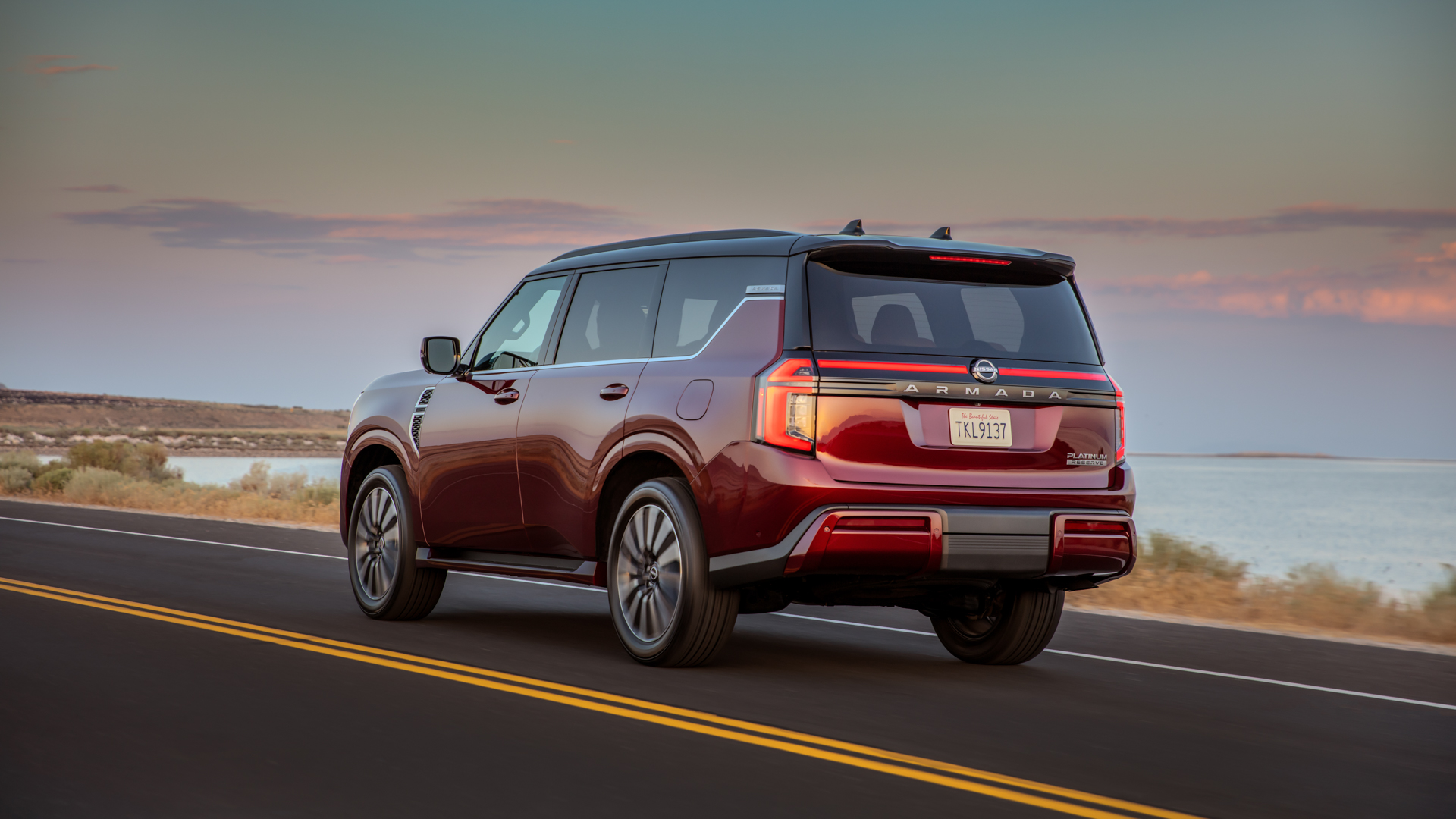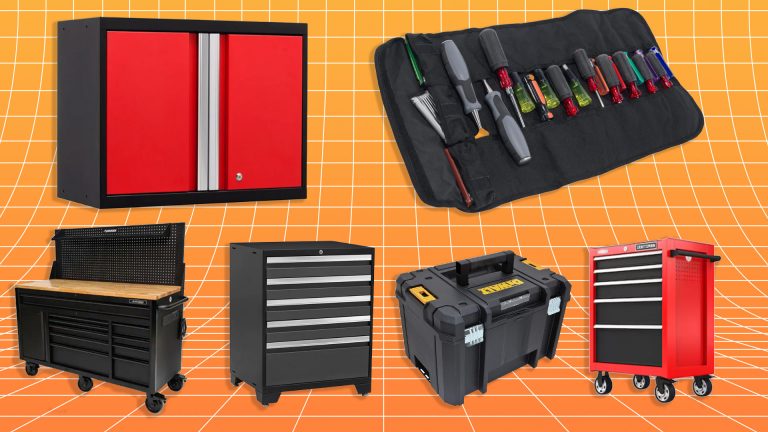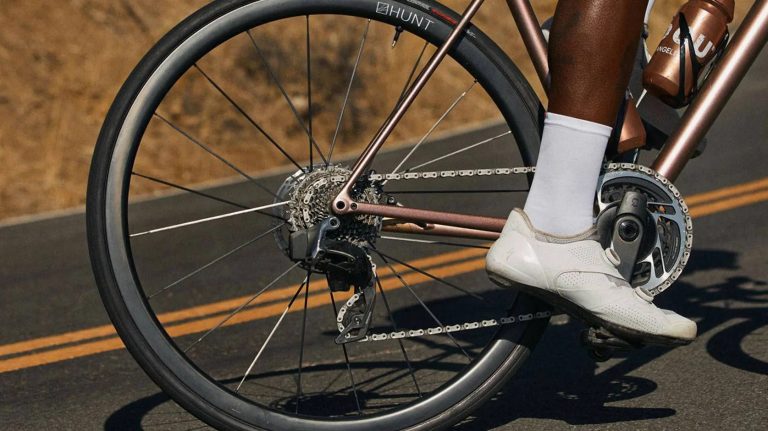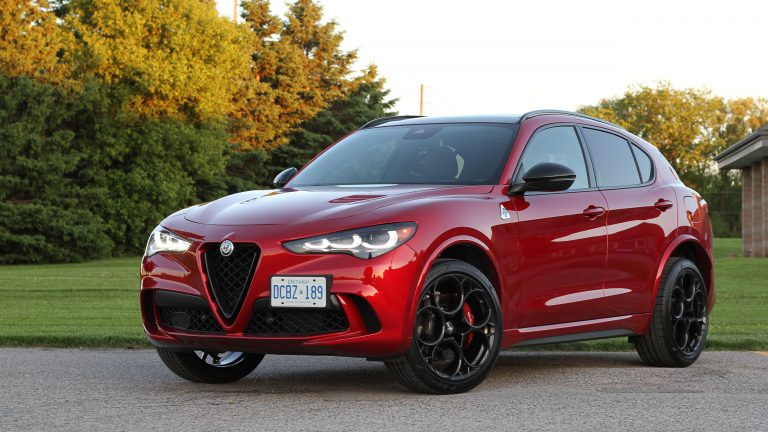Revolutionize Road Safety: End Left-Lane Hogging with Groundbreaking Assisted Driving Technology

Nissan’s "Passing Assist" Steers Clear of Left Lane Hoggers
No self-respecting driving enthusiast wants electronic nannies telling them how to drive. Still, sometimes, a little nudge is needed – a gentle reminder to break the habit of dominating the left lane. Enter Nissan’s new Advanced Driver Assistance System (ADAS) feature, a gentle jab on the shoulder of chronic left-lane blockers that says, "Hey, buddy, you’re occupying the fast lane; could you please move along?"
As part of its ProPilot Assist 2.1 update, set to debut on the 2025 Rogue and Armada, Nissan’s "Passing Assist" feature doesn’t take the wheel entirely, but does offer drivers a helping hand. Like other ADAS systems on the market, ProPilot 2.1 allows for hands-free single-lane driving, yet requires drivers to keep a hand on the wheel. It won’t change lanes for you (unlike some Tesla models or vehicles equipped with GM’s Super Cruise), but will instead suggest lane changes if traffic ahead is crawling and the left lane is clear.
Here’s the kicker – if you pass someone on the left lane, your car will suggest you stick to the new lane or suggest moving back over into the original lane if another car approaches in the meantime. It’s a constant reminder to check your lane discipline and keep the fast lane… well, fast.
Left-lane blockers, by definition, often fail to notice the mayhem their driving habits create. Without a gentle prod, their lack of awareness can be frustrating for everyone behind them. This kind of driver assistance can indeed make for a more civil driving environment.
Of course, in the spirit of responsible engineering, Nissan includes the disclaimer that drivers can opt to ignore the suggested lane changes or turn the feature off altogether. That’s to be expected – after all, no car manufacturer aims to dictate every aspect of driving behavior.
As automation in the auto industry moves forward, innovative features like Nissan’s Passing Assist encourage more thoughtful and considerate driving habits. With manufacturers pushing the envelope, will we see further developments towards more intelligent driver assistance technologies that prioritize safe and shared roadways?






